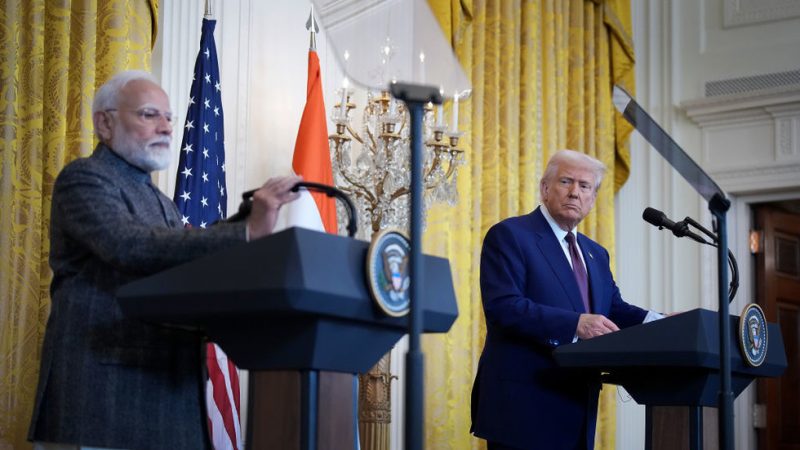
The recent imposition of 50% US tariffs on Indian imports has sparked debate about the potential impact on American consumers. This significant levy, implemented in stages, covers a wide range of goods, from textiles and jewelry to machinery and agricultural products. The tariffs are a response to India’s purchase of Russian oil and defense equipment, a move that the US administration views as indirectly supporting the conflict in Ukraine.
While some, like the State Bank of India, downplay the impact, citing that US trade accounts for only 2% of India’s GDP, other analysts express greater concern. Goldman Sachs, for example, warns that sustained tariffs could significantly lower India’s GDP growth. The actual effect on the Indian economy remains to be seen, but the potential consequences for specific sectors are undeniable.
Several key Indian industries are expected to bear the brunt of these tariffs. The diamond-polishing, shrimp, and home textiles industries, particularly reliant on US markets, face substantial sales declines and potential job losses. The shrimp export sector, for instance, could see a dramatic drop in revenue as the US accounts for nearly half of its exports. Similarly, India’s gem and jewelry sector, with the US as its largest market, faces severe disruption and job losses.
The impact extends to other sectors as well. The basmati rice industry, currently the world’s largest exporter, could lose significant market share due to potential price increases in the US. Trade groups estimate that the combined effect on these key sectors could result in billions of dollars in lost revenue and hundreds of thousands of jobs at risk. However, not all sectors are equally affected. India’s generic drug manufacturers, crucial to the US pharmaceutical market, are currently exempt from the tariffs.
Despite the exemption, the long-term outlook remains uncertain. President Trump has hinted at potential future pressure on pharmaceutical companies to relocate their manufacturing operations to the US. Similarly, smartphones and other electronic devices are currently exempt, meaning the price of iPhones manufactured in India will remain unaffected for now. Yet, this exemption could change in the future.
The debate extends beyond the immediate impact on India. Prominent economists like Paul Krugman have pointed out the inflationary potential of tariffs, arguing that they tend to increase prices for consumers. Jeffrey Sachs has described the tariffs as a “stupidest tactical move” in US foreign policy, undermining American strategic interests. There is also growing concern among American politicians about the potential damage to US-India relations and the negative impact on American consumers’ wallets.
The current US inflation rate stands at 2.7%. The tariffs could potentially exacerbate this, pushing inflation higher. The long-term consequences of these tariffs remain to be seen, but the potential for negative ripple effects, both domestically and internationally, is significant, prompting ongoing debate and analysis.









